Alasdhair Willis and Emma Cook relaunch British high street stalwart Warehouse
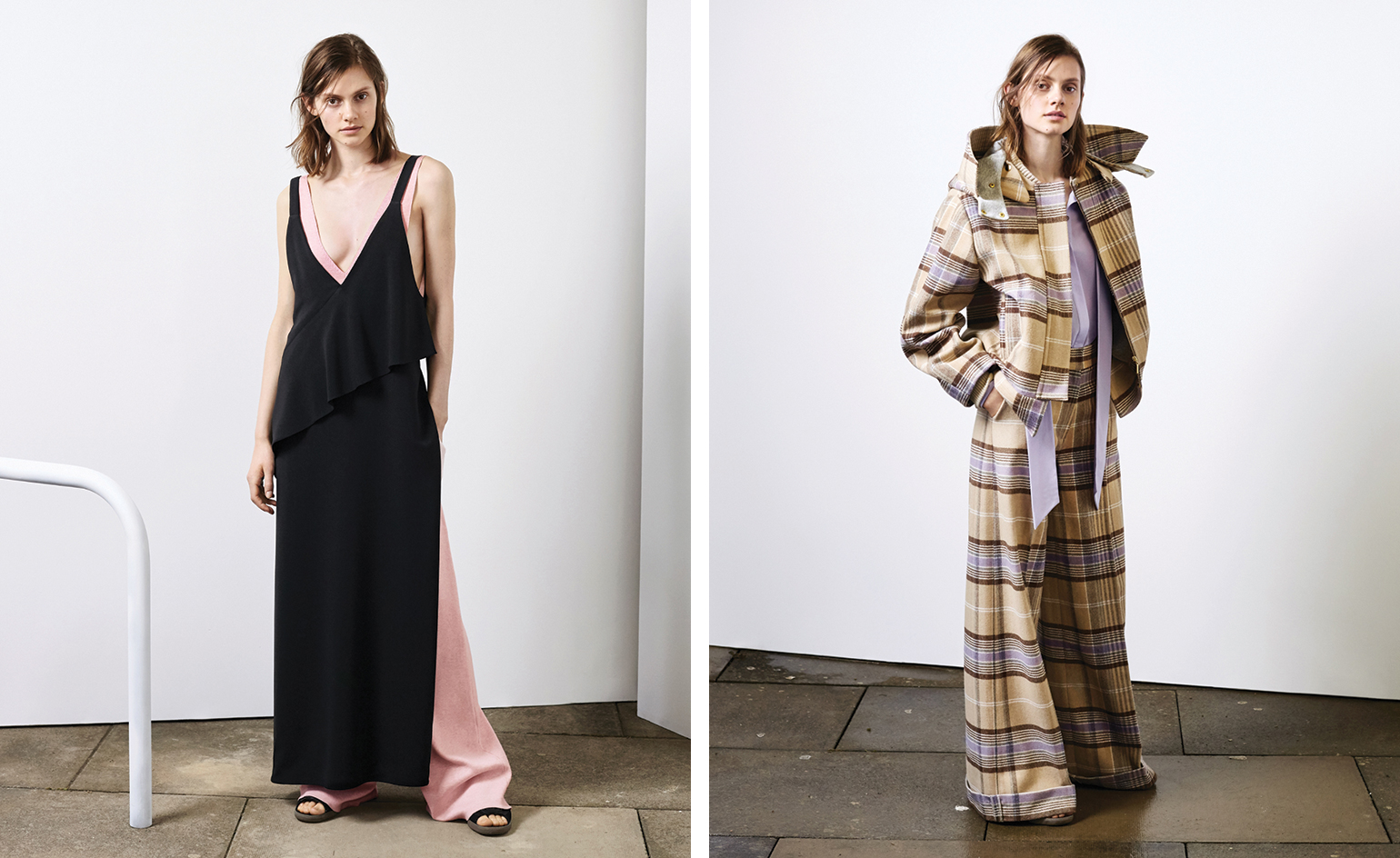
No one does the high street better than the British. Since the shimmy of miniskirts on Carnaby Street in the 1960s, British retailers have created a revolution in style and choice. Opening its first shop on nearby Argyll Street in 1979, Warehouse was the first brand to have its own in-house design team.
‘Warehouse gave so many women access and the opportunity to play in the fashion world,’ says Alasdhair Willis, who from January 2015 has led the rebrand of this high street retailer with an archive stretching across four decades. ‘The new Warehouse is all about reducing the time and space between our customer and the source of creativity and inspiration.’
Willis’ focus has been on harmonising the brand’s visual identity and digital experience with a huge emphasis on customer engagement. A digital platform called [in house] will provide full access behind the scenes, including videos featuring design director Emma Cook working on the collections. She began A/W 2016 with the unselfconscious panache of British women in mind. ‘They like to mix things up and put things together in a way that some people might not think works. She might wear her mum’s trousers from the 1970s with a pair of shoes she bought from Dalston market, and pair a vintage slip from Portobello and a jacket from the high street,’ she says. ‘What is great about this is that she doesn’t care what you think about it, she likes it.’
The clothes are louche, easy and modern; hanky hem skirts are worn over slim jogging pants, clashing daisy prints are paired. A pink sweatshirt is tucked into a zebra jacquard wrap skirt. The store interiors designed in collaboration with Checkland Kindleysides reflect the new brand mission of 'Warehouse curates the city,’ designed to feel like a continuation of the street. Argyll Street reopens today with Cook’s cool collection, merchandised against building façades constructed from robust materials and a sky glowing from a narrow light-box suspended from the ceiling. ‘We are resolutely British now,’ Willis says. ‘What I mean by that is we embrace diversity and the dynamic it creates.’
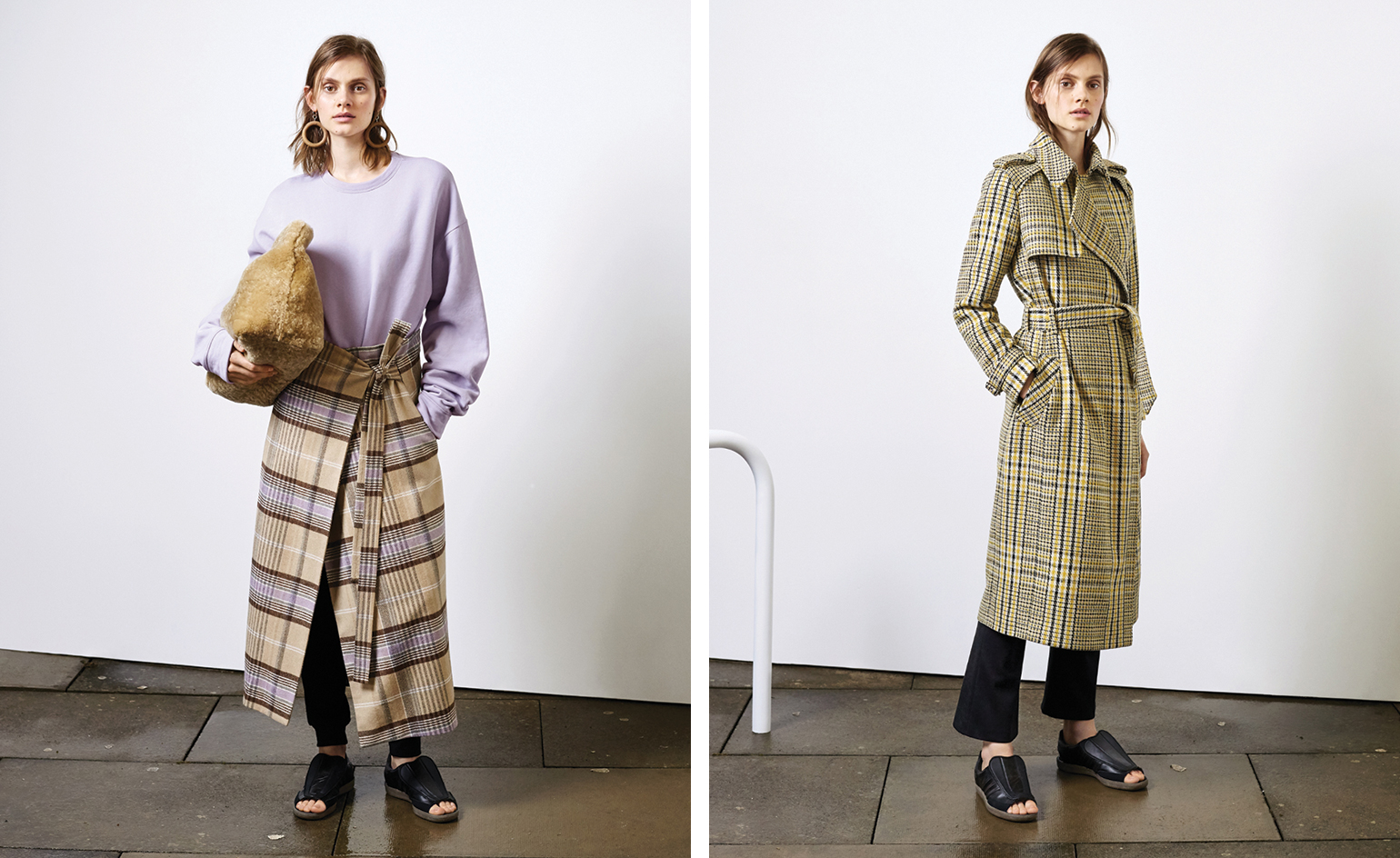
Willis’ focus has been on harmonising the brand’s visual identity and digital experience with a huge emphasis on customer engagement
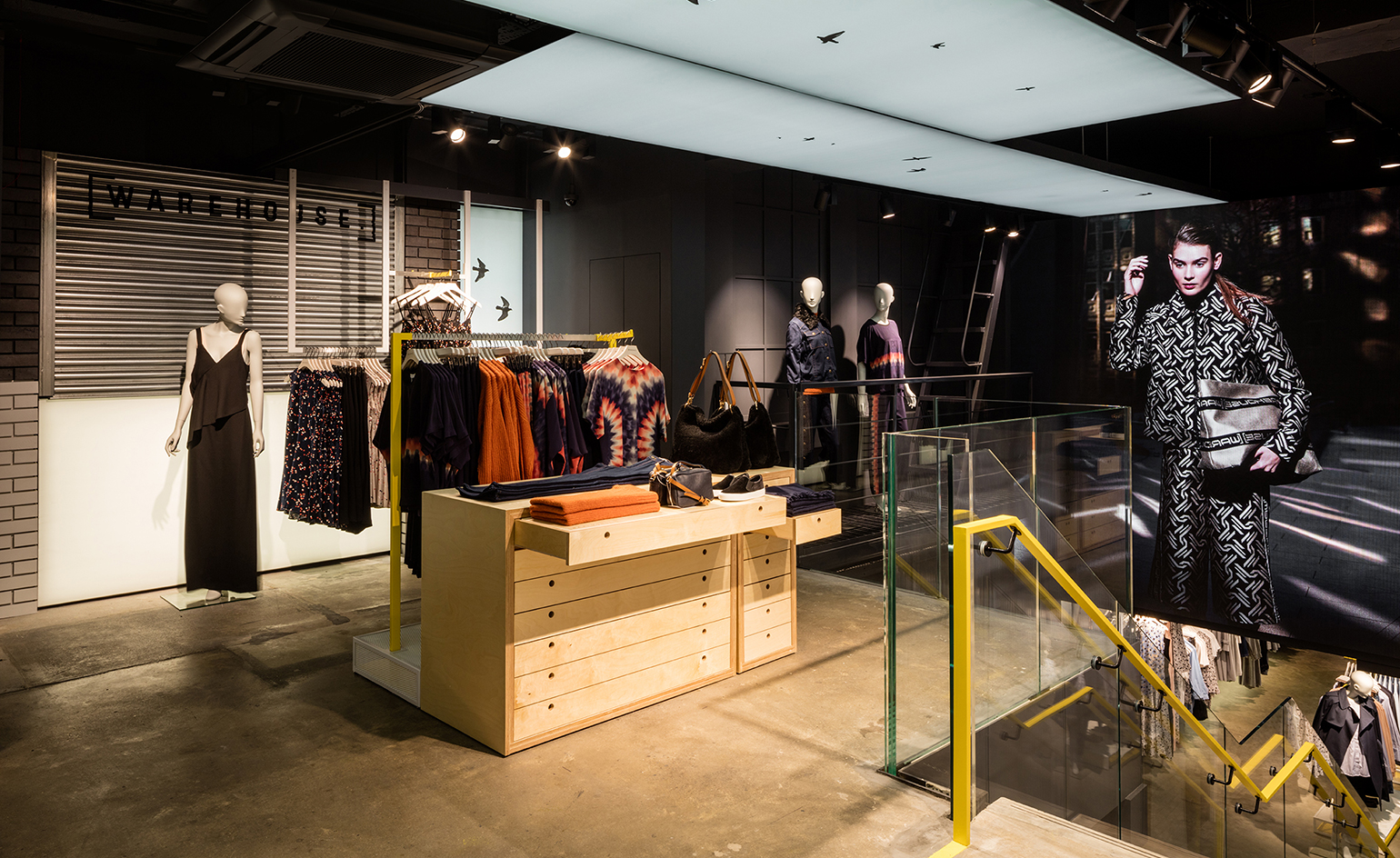
Argyll Street reopens today with Cook’s cool collection, merchandised against building façades constructed from robust materials and a sky glowing from a narrow light-box suspended from the ceiling
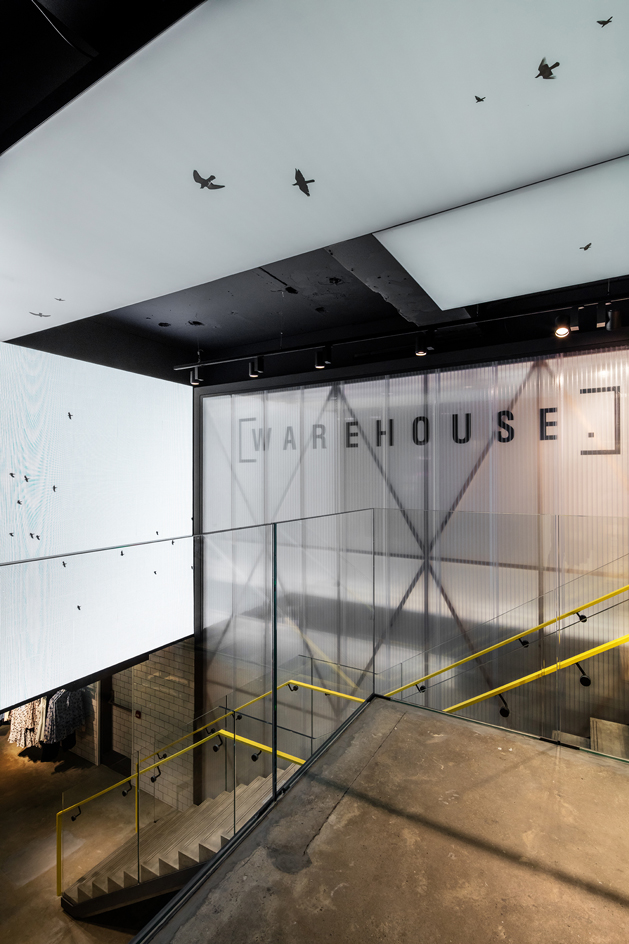
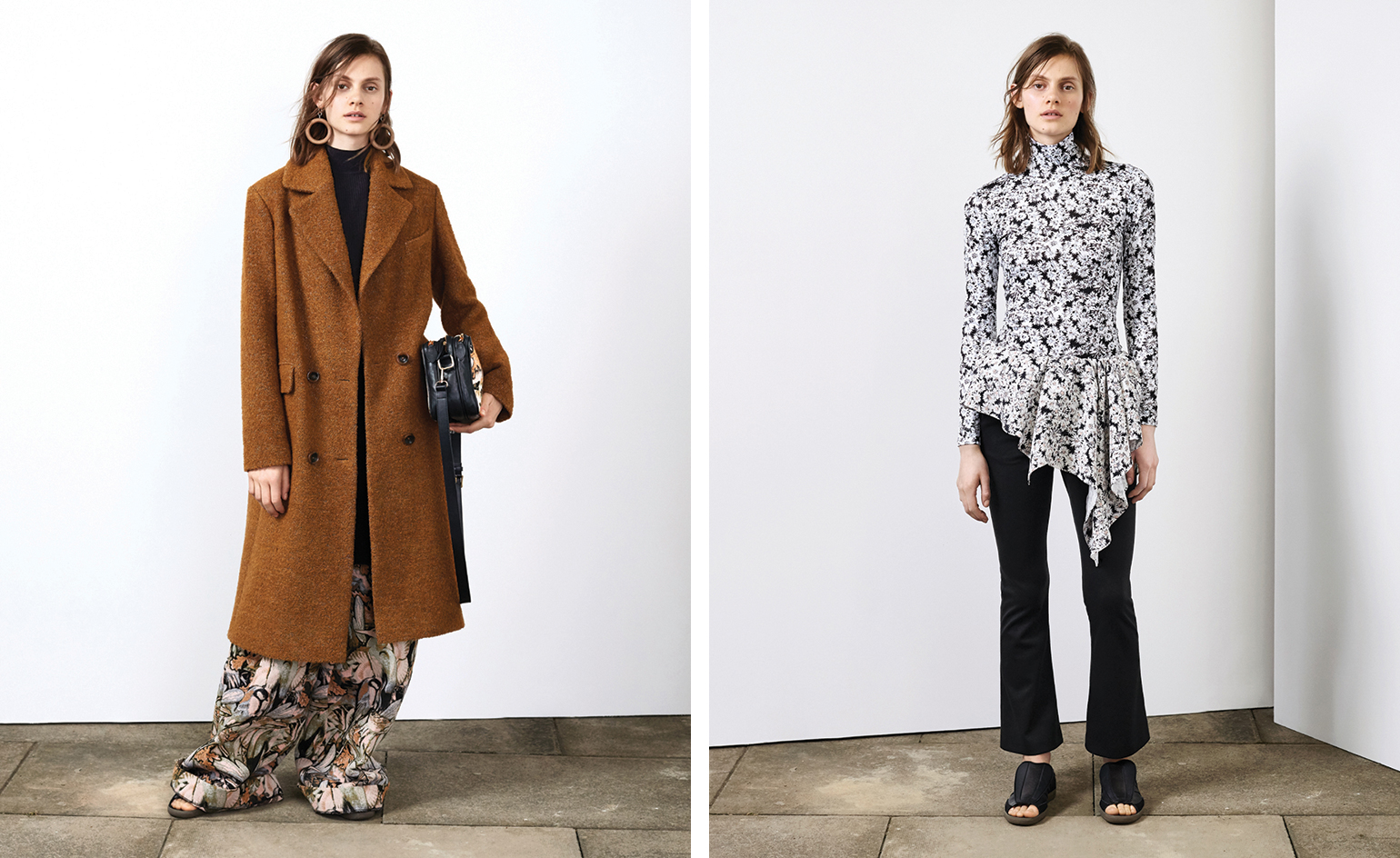
Opening its first shop on nearby Argyll Street in 1979, Warehouse was the first brand to have its own in-house design team

’We are resolutely British now,’ Willis says. ‘What I mean by that is we embrace diversity and the dynamic it creates’
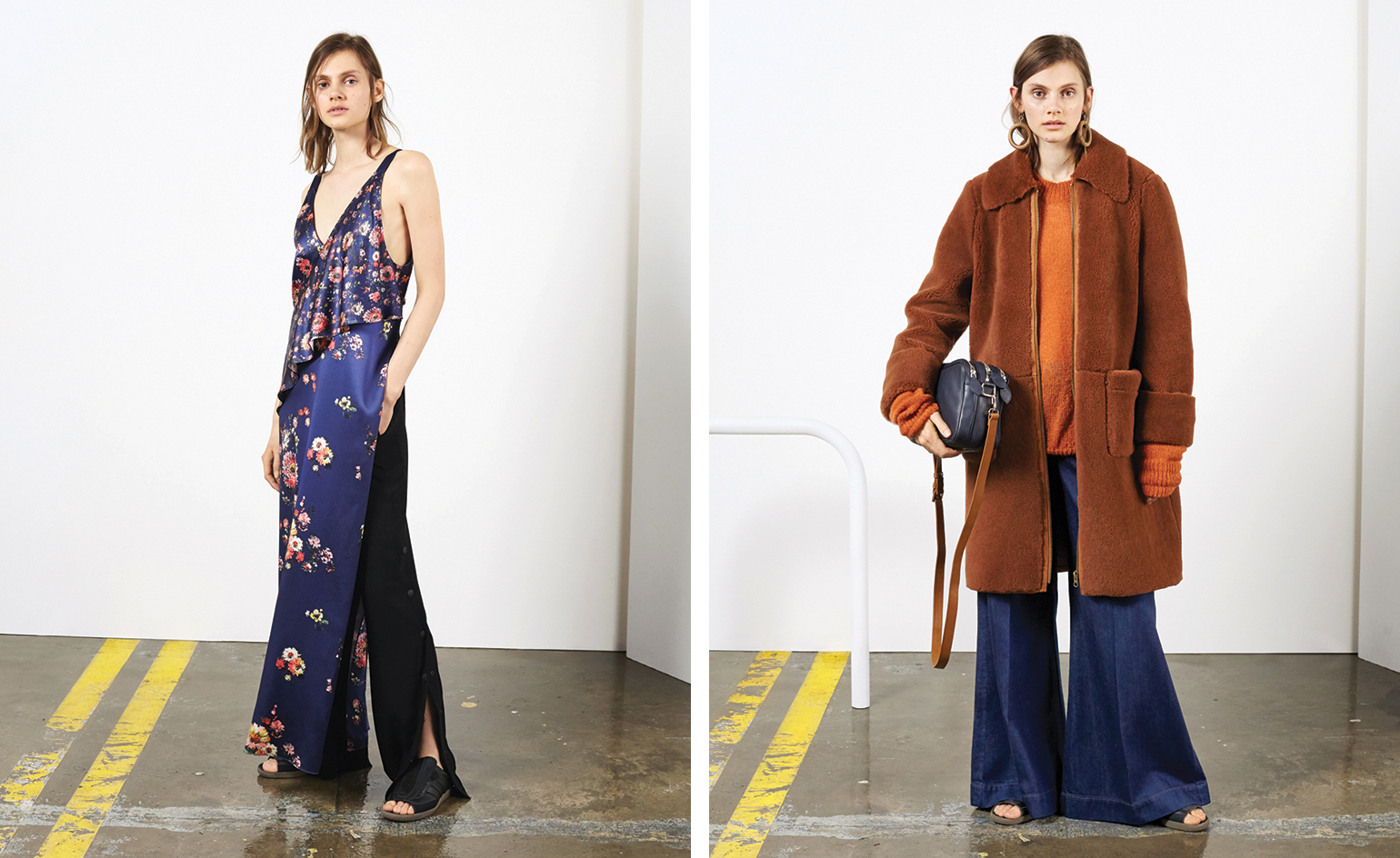
‘Warehouse gave so many women access and the opportunity to play in the fashion world,’ says Alasdhair Willis, who from January 2015 has led the rebrand of this high street retailer with an archive stretching across four decades
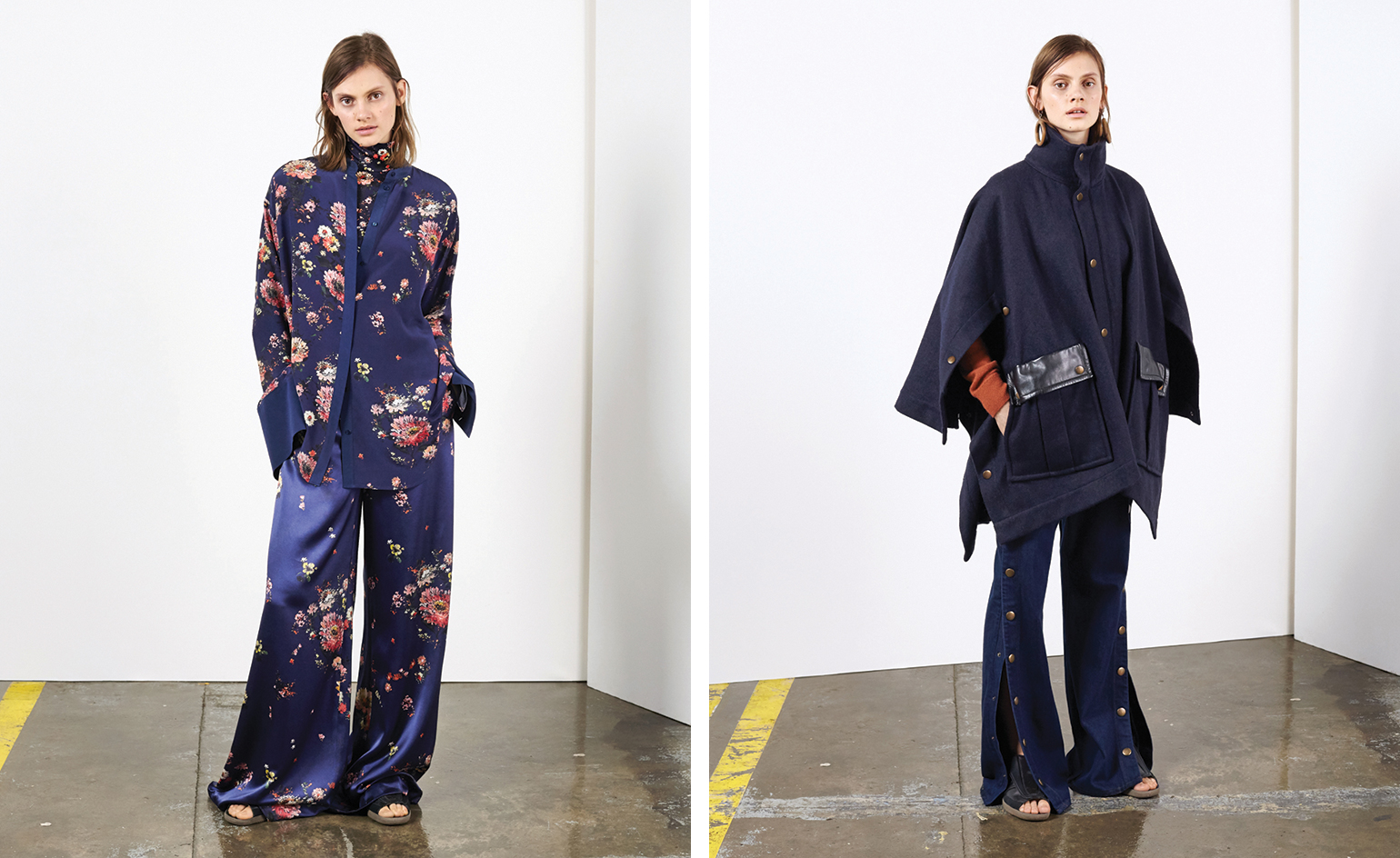
Willis continues, ‘The new Warehouse is all about reducing the time and space between our customer and the source of creativity and inspiration’
INFORMATION
For more information visit Warehouse’s website
Wallpaper* Newsletter
Receive our daily digest of inspiration, escapism and design stories from around the world direct to your inbox.
London based writer Dal Chodha is editor-in-chief of Archivist Addendum — a publishing project that explores the gap between fashion editorial and academe. He writes for various international titles and journals on fashion, art and culture and is a contributing editor at Wallpaper*. Chodha has been working in academic institutions for more than a decade and is Stage 1 Leader of the BA Fashion Communication and Promotion course at Central Saint Martins. In 2020 he published his first book SHOW NOTES, an original hybrid of journalism, poetry and provocation.
-
 All-In is the Paris-based label making full-force fashion for main character dressing
All-In is the Paris-based label making full-force fashion for main character dressingPart of our monthly Uprising series, Wallpaper* meets Benjamin Barron and Bror August Vestbø of All-In, the LVMH Prize-nominated label which bases its collections on a riotous cast of characters – real and imagined
By Orla Brennan
-
 Maserati joins forces with Giorgetti for a turbo-charged relationship
Maserati joins forces with Giorgetti for a turbo-charged relationshipAnnouncing their marriage during Milan Design Week, the brands unveiled a collection, a car and a long term commitment
By Hugo Macdonald
-
 Through an innovative new training program, Poltrona Frau aims to safeguard Italian craft
Through an innovative new training program, Poltrona Frau aims to safeguard Italian craftThe heritage furniture manufacturer is training a new generation of leather artisans
By Cristina Kiran Piotti